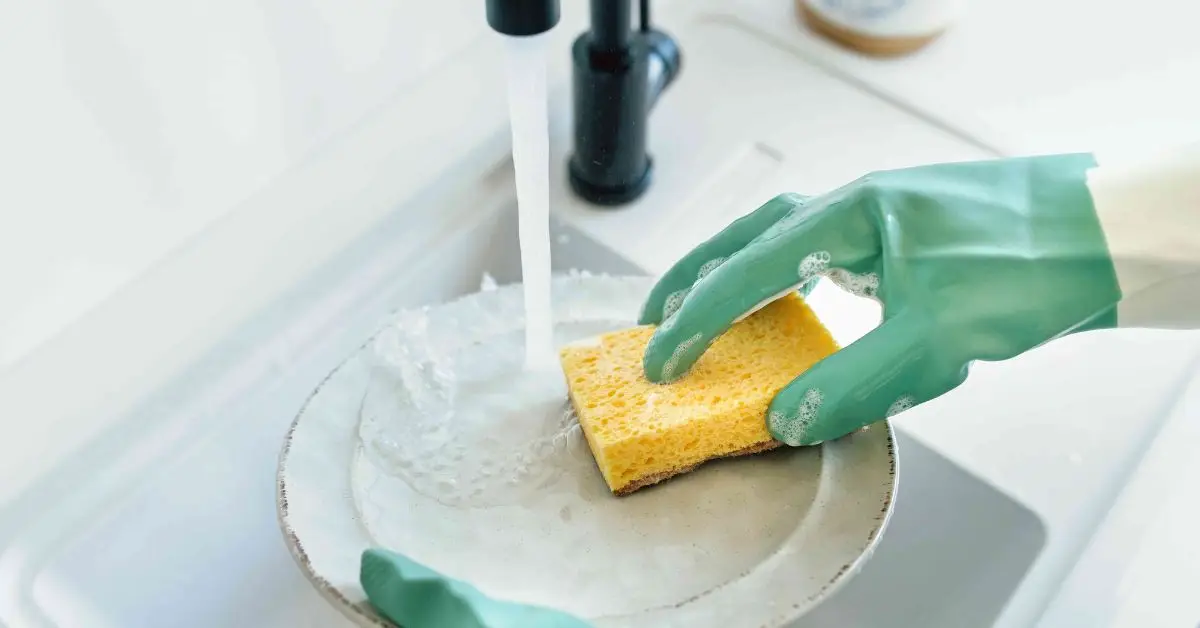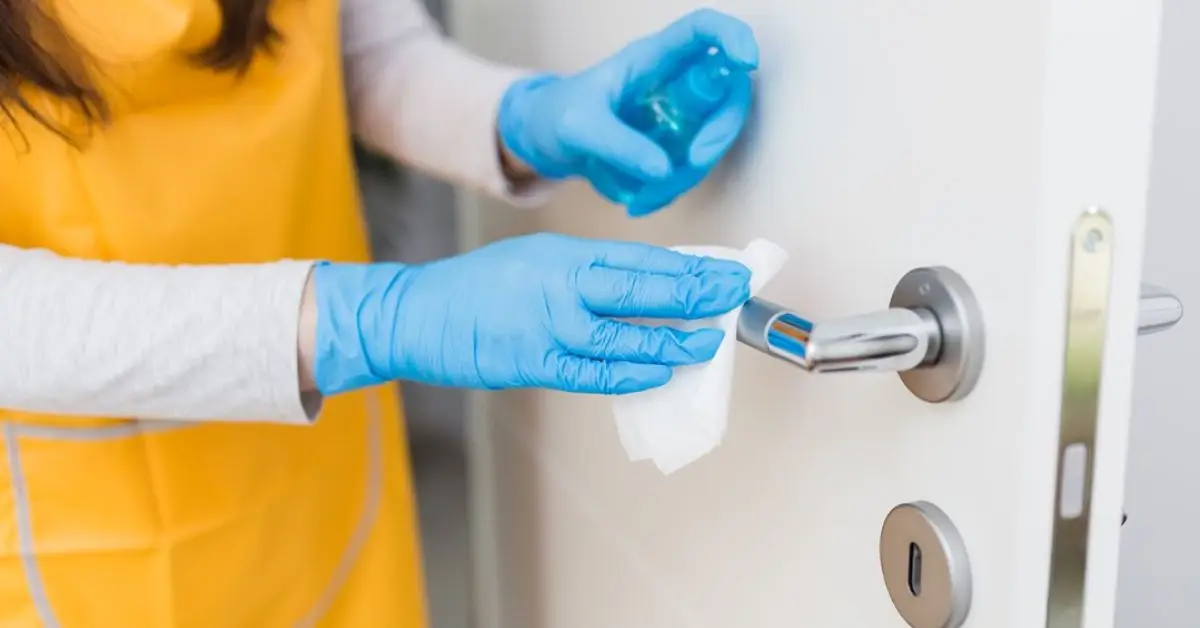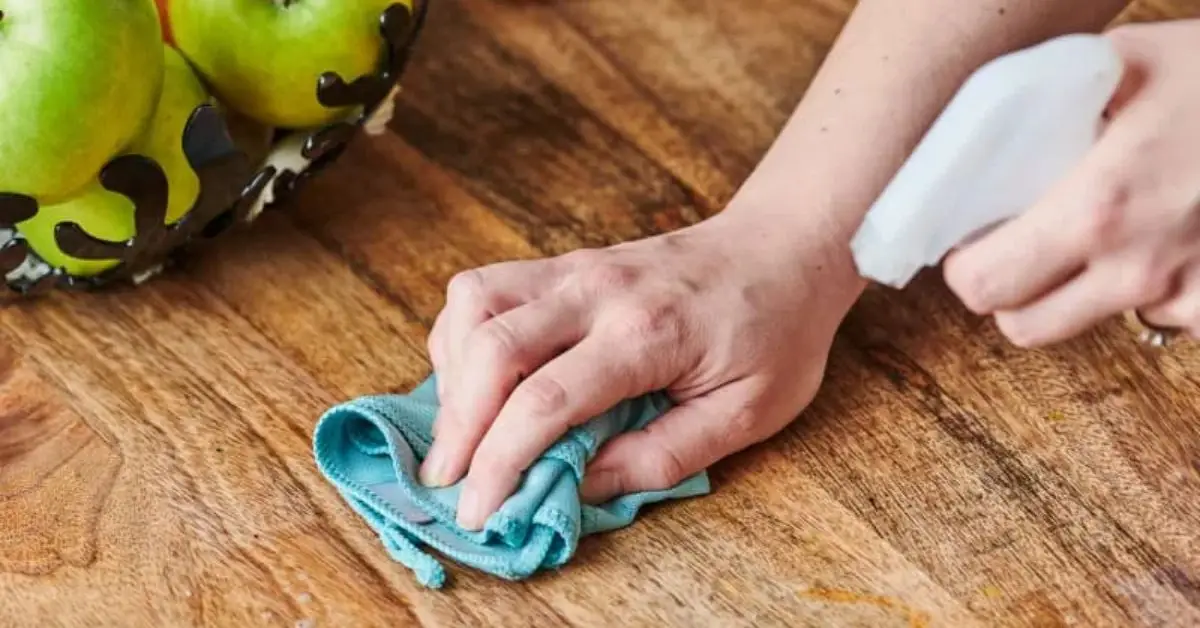Stop These 8 Cleaning Mistakes Before They Ruin Your Home
I used to spend my Sundays scrubbing every corner, then wonder why the house still felt dusty, the remote sticky, and the bathroom a little… off. It wasn’t the effort. It was the routine—small habits that quietly made things dirtier instead of cleaner.
When I dug in, I saw the pattern: reusing the same cloth, pouring extra product “for good measure,” skipping tool care, shutting the windows while spraying, even cleaning in the wrong order. These are common cleaning mistakes at home that drag dirt around, leave residue, and mess with air quality.
So I went beyond listicles—looked at what pros actually do, what health agencies recommend, and what real people complain about on social. The result is a simple, honest guide to eight mistakes most of us make—and the exact fixes that save time, money, and your lungs.
You’ll get the “why” behind each mistake, quick corrections you can try today, and a few safety notes (because mixing chemicals is never worth it). No fluff. Just cleaner rooms that stay clean longer.
Before we dive in, tell me: what’s one spot in your home that still feels grimy even after you clean it?
Why Cleaning Mistakes Backfire
Here’s the truth I learned the hard way: cleaning isn’t just about effort, it’s about method. You can wipe down counters daily, spray the fanciest products, and still have more germs floating around than before. Small slip-ups—like rushing, reusing tools, or forgetting ventilation—don’t just leave dirt behind, they actually spread it.
The CDC has found that improper cleaning and hand hygiene can increase the chance of spreading illness by 20–30%. Think about that: your “cleaning day” could quietly be making the whole house riskier for colds, allergies, and even stomach bugs.
When I realized this, I stopped treating cleaning like a checklist and started looking at it as a system. Every shortcut or wrong move has a ripple effect. Once you know where the traps are, it’s surprisingly easy to fix them.
Mistake #1 – Using the Same Cloth or Sponge Everywhere

I used to grab one sponge and swipe it across the kitchen, the sink, even the dining table. It felt efficient—until I learned I was just carrying bacteria from one place to another. The sponge that touched raw chicken juice on the counter didn’t just “get clean” when I rinsed it. It carried that mess to the fridge handle and the microwave buttons.
Why this matters:
- Sponges and cloths stay damp, which means bacteria thrive.
- One swipe on the wrong surface can undo all your hard work.
- Healthline reports that some kitchen sponges carry more germs than a toilet seat.
Simple fix you can try today:
- Dedicate different cloths to different areas (I keep one for kitchen counters, one for bathroom, and another for dusting).
- Use microfiber cloths—they trap dirt better and are easy to wash.
- Label or color-code them so you don’t mix them up in the rush.
The moment I made this switch, the “mystery smells” in my kitchen vanished, and my counters actually stayed clean longer. It’s such a small change, but it breaks the cycle of bacteria transfer instantly.
What about you—do you reuse one cloth around the house, or do you already separate them?
Mistake #2 – Overusing Cleaning Products
I used to think the more spray I used, the cleaner my counters would get. But after a while, I noticed surfaces turning streaky, sticky, and even collecting dust faster. Too much detergent leaves behind residue—and that film doesn’t just look bad, it actually grabs dirt.
Why this happens:
- Excess soap or spray = residue buildup.
- Dust sticks to leftover film and makes the area look dirty again.
- In some cases, overuse can even damage finishes.
Simple fix:
- Follow the label’s dilution ratios.
- Spray lightly and wipe thoroughly.
- For stronger cleaners, rinse the surface with a damp cloth after. If you’re curious about unconventional but surprisingly effective tricks, you’ll love these vodka cleaning hacks every homeowner should try—perfect for tackling stubborn spots without leaving sticky residue.
Even Consumer Reports notes that overusing products can backfire, leading to more mess instead of less.
Mistake #3 – Ignoring High-Touch Spots

Most people spend time scrubbing sinks and floors, but the dirtiest places are often the ones we never think about—light switches, TV remotes, doorknobs, and fridge handles. Studies show these can harbour more bacteria than your toilet seat.
Quick reminder list:
- Switches and sockets
- Remote controls
- Door handles and cabinet pulls
- Fridge and microwave buttons
I’ll be honest: I didn’t clean my remote for years until I read about it. One swipe with a disinfecting wipe, and it looked brand new. These are the little wins that make a big difference.
Mistake #4 – Not Washing Cleaning Tools Themselves
A dirty mop or clogged vacuum doesn’t clean—it just redistributes dust and bacteria. I used to vacuum and wonder why the room smelled musty right after. Turns out, the filter was full and pushing grime back into the air.
Tool-care checklist:
- Wash mop heads weekly.
- Rinse and dry vacuum filters every few uses.
- Dusters need a good shake outdoors or a wash, not just reuse.
- Replace sponges often—don’t wait until they look gross.
Think of it like washing your hands with dirty water—it defeats the purpose.
Want to go a step further? These professional cleaning secrets that will transform your home show you how the pros maintain their tools and keep everything spotless longer.
Mistake #5 – Mixing Cleaning Chemicals
One of the most dangerous habits is mixing cleaners. Bleach with ammonia or vinegar may seem like a shortcut, but it produces toxic fumes that can seriously harm your lungs.
Safe habits you can stick to:
- Never mix two cleaning products.
- Ventilate the room—open a window or run a fan.
- If you’re using natural options, use them separately (vinegar or baking soda, not with bleach).
I’ve seen TikTok hacks that glamorize mixing, but trust me—this is one trend worth skipping. Your health isn’t worth the risk.
Now tell me, which of these mistakes do you think you’re guilty of?
Mistake #6 – Rushing Through Dusting & Skipping Corners
I’ve done it too—grabbed a duster, swiped across the shelves in 30 seconds, and called it done. The problem? When you rush, most of that dust just lifts into the air and lands back down somewhere else. Instead of a cleaner room, you’ve basically recycled the dirt.
Better way to do it:
- Always start at the highest point (like ceiling fans or shelves) and move downward.
- Use slow, steady strokes—quick swipes fling dust into the air.
- Finish with the floor so everything that falls gets vacuumed or mopped away.
This “top-to-bottom” approach saves time in the long run, because you’re not cleaning the same areas twice.
Mistake #7 – Using Wrong Cloth or Fabric

Paper towels seem convenient, but they leave lint trails, tear easily, and create waste. They don’t actually trap dust—they just push it around. That’s why surfaces look dull again within hours.
Why microfiber works better:
- Fibres grab and hold dust instead of smearing it.
- They’re washable and reusable, cutting down waste.
- One cloth can last for years if you care for it right.
Switching to microfiber isn’t just better for cleaning—it’s also eco-friendly. You’ll cut down on paper waste while keeping surfaces streak-free.
Mistake #8 – Forgetting to Ventilate While Cleaning
This one surprised me the most. When you clean without opening windows or turning on fans, you trap chemical fumes and dust particles inside. Over time, that can make indoor air much worse than outside.
According to the EPA, indoor air can be 2–5 times more polluted than outdoor air, especially when ventilation is poor.
Simple fixes:
- Open windows and doors for cross-ventilation.
- Run an exhaust fan if you’re in the kitchen or bathroom.
- Consider an air purifier if you live in a place with limited fresh airflow.
Good ventilation doesn’t just protect your lungs—it also helps surfaces dry faster and prevents that “musty” smell after cleaning. And while fresh air circulation matters indoors, don’t forget your home’s exterior—these roof cleaning hacks to prevent moss and save on expensive repairs can make a huge difference in overall air quality and maintenance.
Be honest—how often do you open your windows while cleaning, or are you usually rushing to get it done with everything shut?
Quick Fixes — How to Clean Smarter, Not Harder
By now, you’ve seen how small mistakes add up. But the good news is, a few tiny shifts can completely change how clean your home feels—without doubling your workload. Here’s a quick recap you can save and use as a checklist:
- One cloth per room → Stop spreading germs from kitchen to bathroom.
- Less product, more results → Follow dilution ratios and wipe away residue.
- Don’t skip the remotes → High-touch spots matter more than shiny surfaces.
- Clean your tools → Fresh mop heads, rinsed filters, and washed dusters = cleaner results.
- Never mix chemicals → Bleach and ammonia don’t equal power, they equal danger.
- Dust top-to-bottom → Gravity works—use it to save time.
- Switch to microfiber → Streak-free cleaning that’s also eco-friendly.
- Ventilate every session → Open windows or run fans for fresher, healthier air.
Which one of these quick fixes are you going to try first?
Closing Thoughts — A Cleaner Home Starts with Smarter Habits
At the end of the day, it’s not about how many products you use—it’s about the habits you build around them. A clean home isn’t just about products, it’s about smarter habits. Simple shifts, like rinsing your tools or opening a window, can make a bigger difference than scrubbing harder or spraying more.
Now it’s your turn—what’s the funniest cleaning mistake you’ve ever made? Share it in the comments, because chances are, someone else has done the exact same thing.
And if you’d like more practical home tips and smart fixes to keep your space looking fresh, visit Build Like New for guides that make cleaning and home care simpler every day.
Disclaimer: The cleaning tips in this article are for general guidance only. Always follow product label instructions and avoid mixing cleaning chemicals. Use caution if you have pets, children, or allergies, and adjust methods to suit your home safely.


